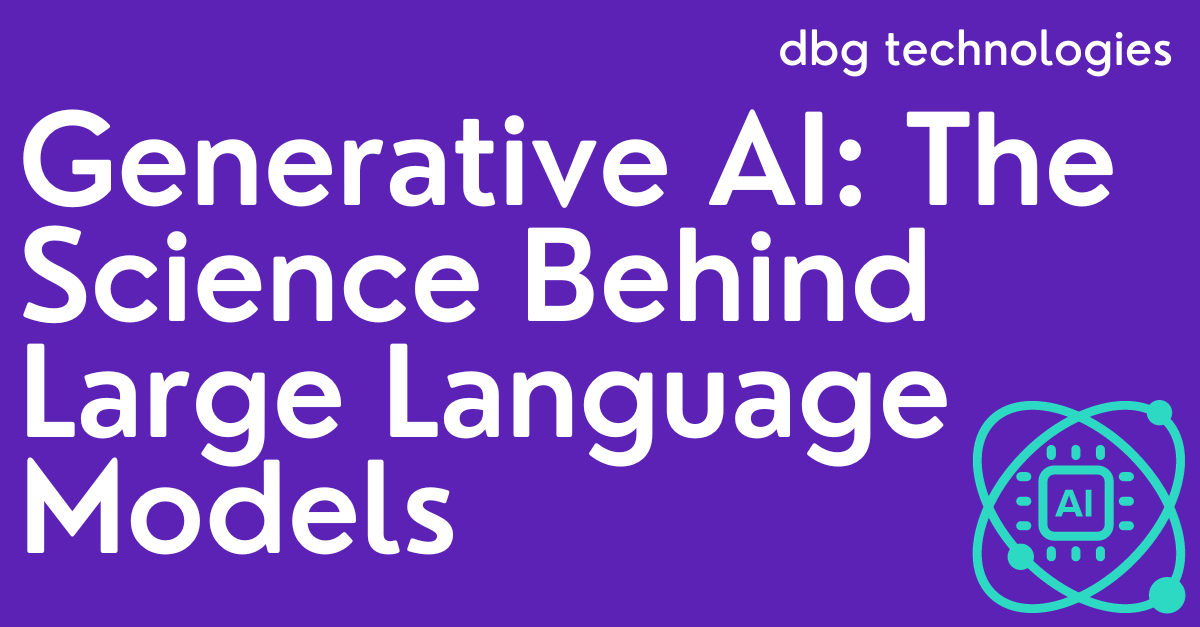 One of the most groundbreaking developments in recent years has been the emergence of large language models powered by generative AI. These models have captured the imagination of technologists, researchers, and the general public alike. But what lies beneath the surface of these marvels of modern technology?
One of the most groundbreaking developments in recent years has been the emergence of large language models powered by generative AI. These models have captured the imagination of technologists, researchers, and the general public alike. But what lies beneath the surface of these marvels of modern technology?
The Foundation: Neural Networks
At the heart of large language models is the concept of neural networks. These are computational structures inspired by the human brain’s interconnected neurons. Neural networks consist of layers of artificial neurons, which are nodes capable of processing and transmitting information. This neural architecture enables machines to learn patterns, recognize data, and make predictions.
Training Data: The Fuel for AI
The effectiveness of any AI model, including large language models, heavily depends on the data used to train it. In the case of language models, they are typically trained on vast corpora of text from the internet. This training data allows them to learn the structure, grammar, and semantics of human language.
Transformer Architecture: The Game-Changer
Large language models like GPT-3 (Generative Pre-trained Transformer 3) rely on a specialised architecture called the Transformer. GPT-3 is a large language model released by OpenAI in 2020, the Transformer architecture revolutionised natural language processing by introducing the concept of self-attention mechanisms. This innovation made it possible for models to capture relationships between words and understand context in a way that was previously challenging.
Generative AI: Creativity in Machines
The term “generative” in generative AI signifies that these models can create content, whether it’s text, images, or even music. Large language models can generate human-like text that can be coherent and contextually relevant. This capability has opened doors to various applications, including content generation, chatbots, and even creative writing.
Fine-Tuning: Tailoring Models for Specific Tasks
While the pre-trained models are impressive, they often require fine-tuning to perform specific tasks effectively. Fine-tuning involves training the model on a narrower dataset for a particular domain or task, such as medical diagnosis, legal document analysis, or customer support. This process makes the model more specialised and accurate.
Large language models powered by generative AI are a testament to the incredible progress made in the field of artificial intelligence. They represent the culmination of years of research and innovation, and they hold the potential to revolutionise industries and change the way we interact with technology.
As we continue to unlock the science behind large language models, we can anticipate even more remarkable applications and innovations on the horizon.
